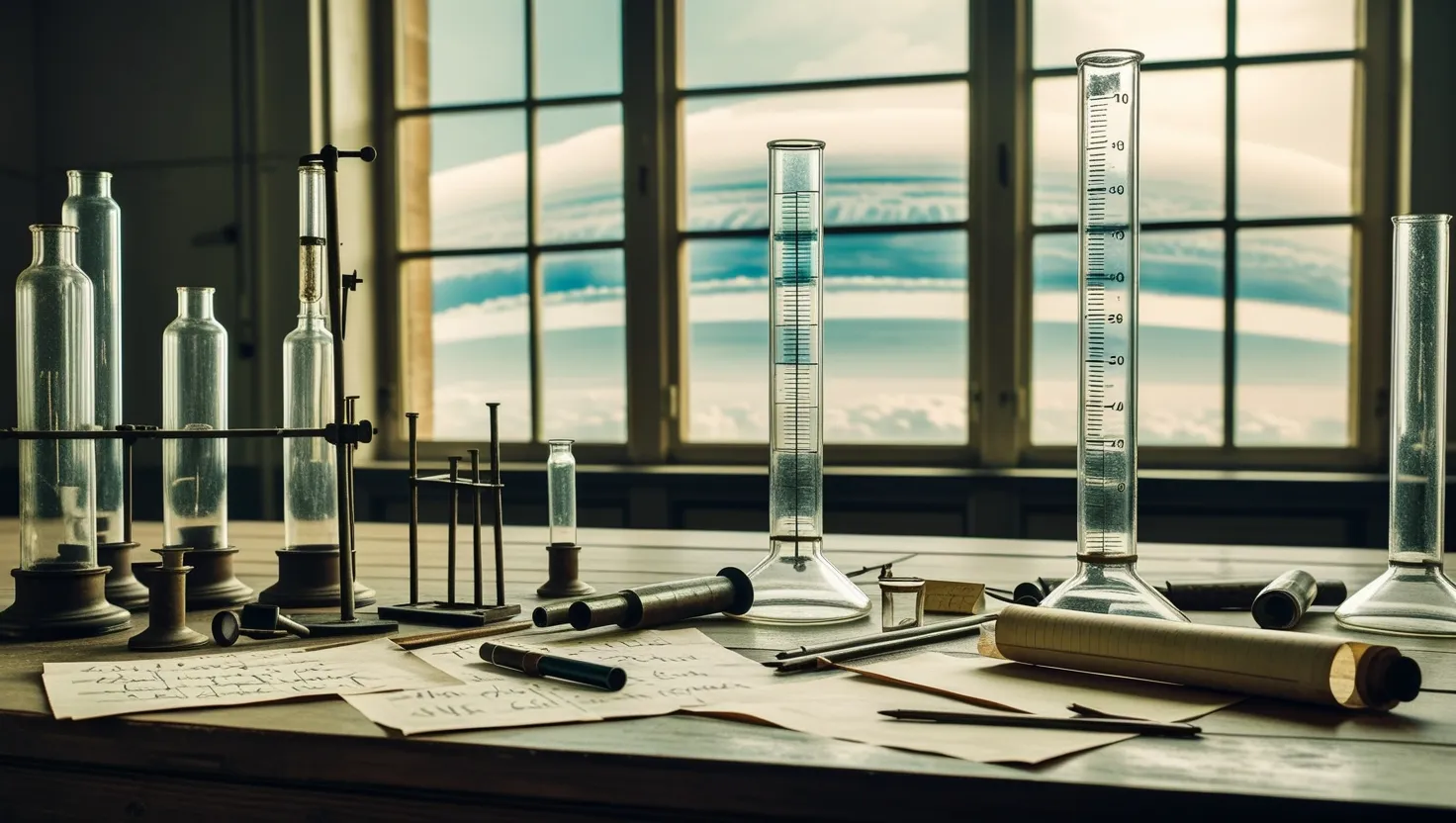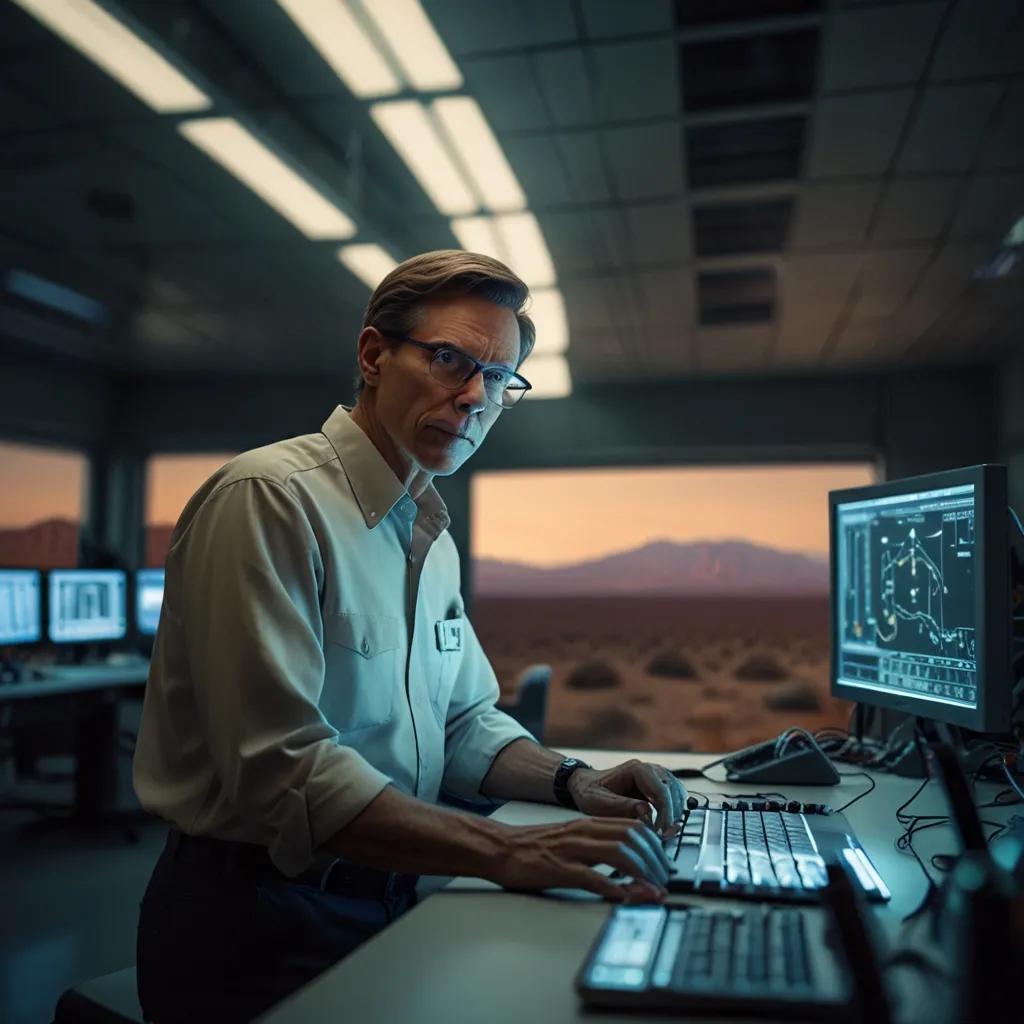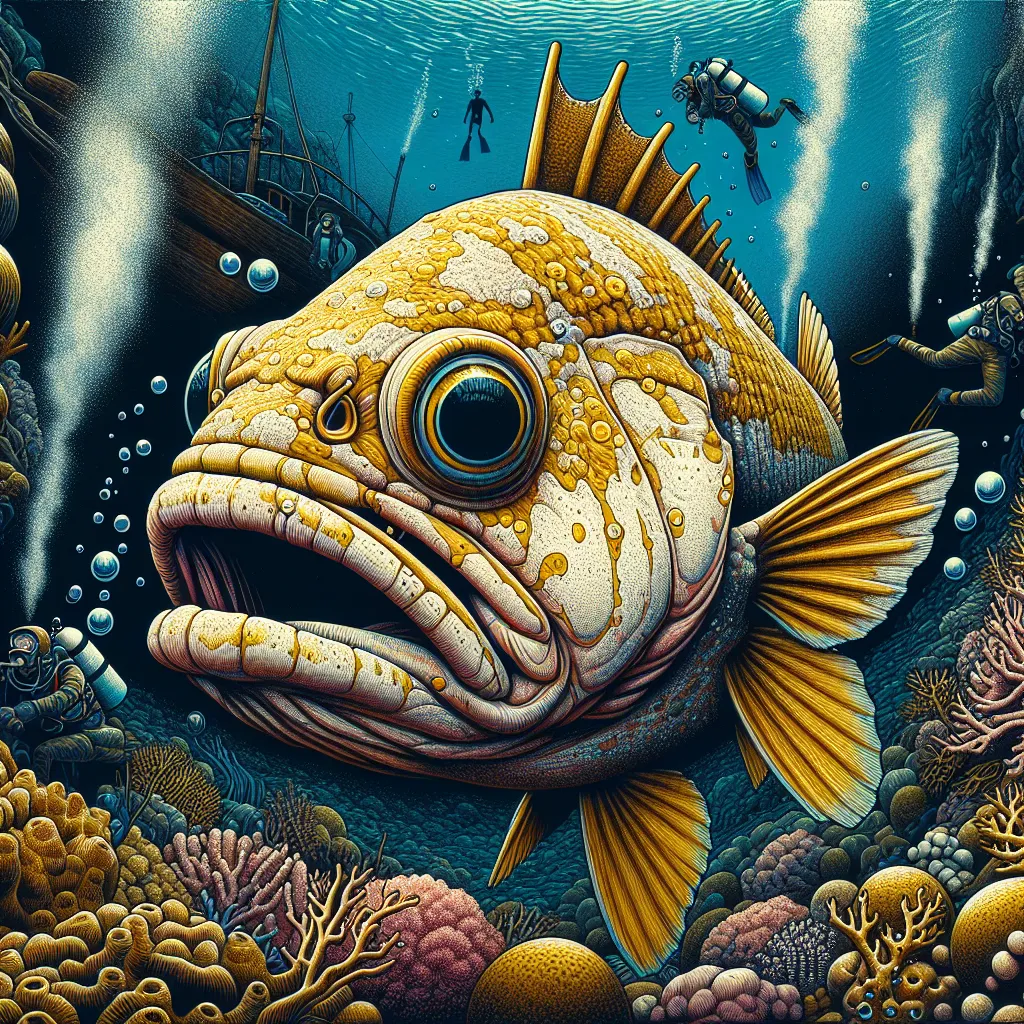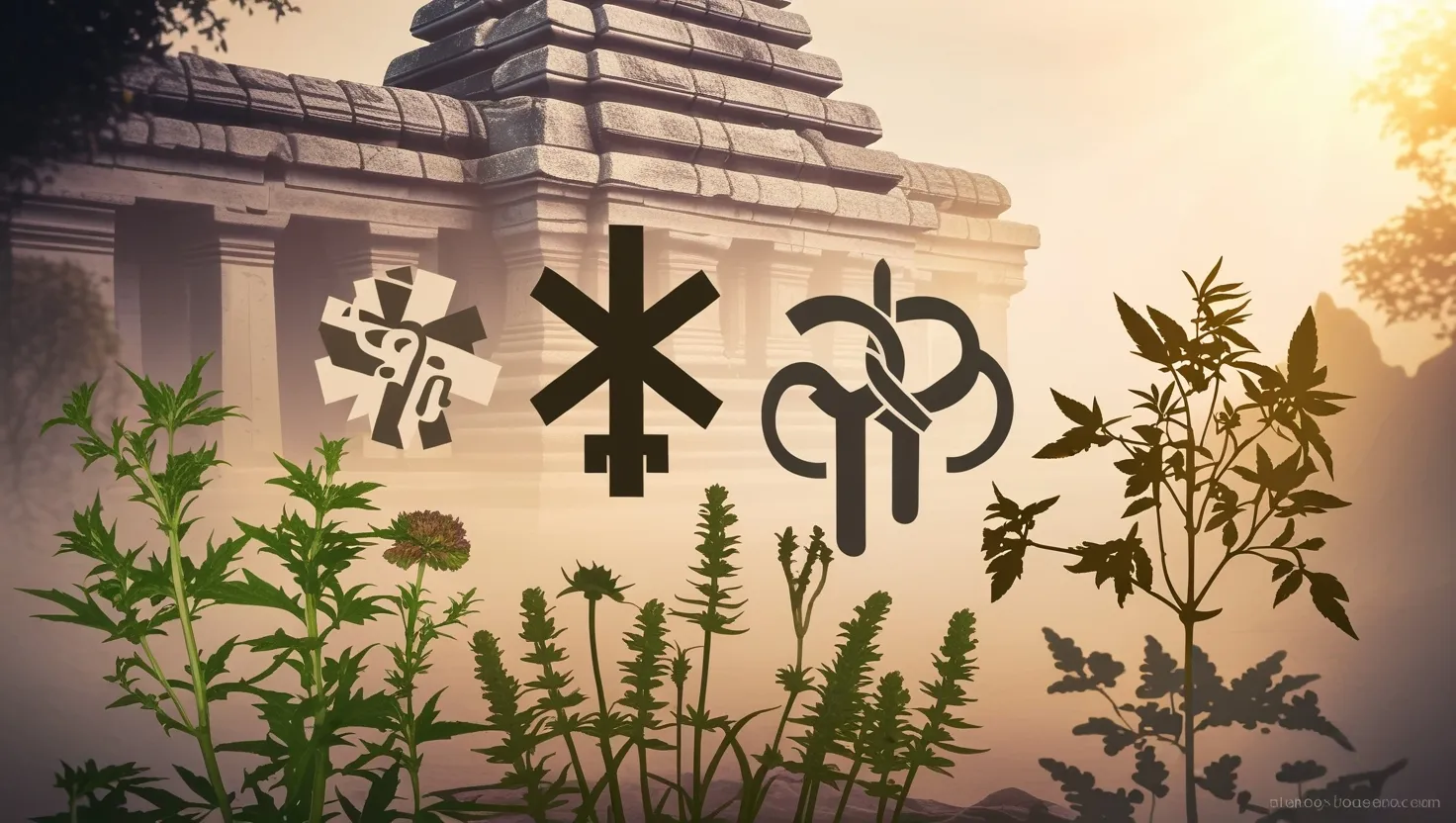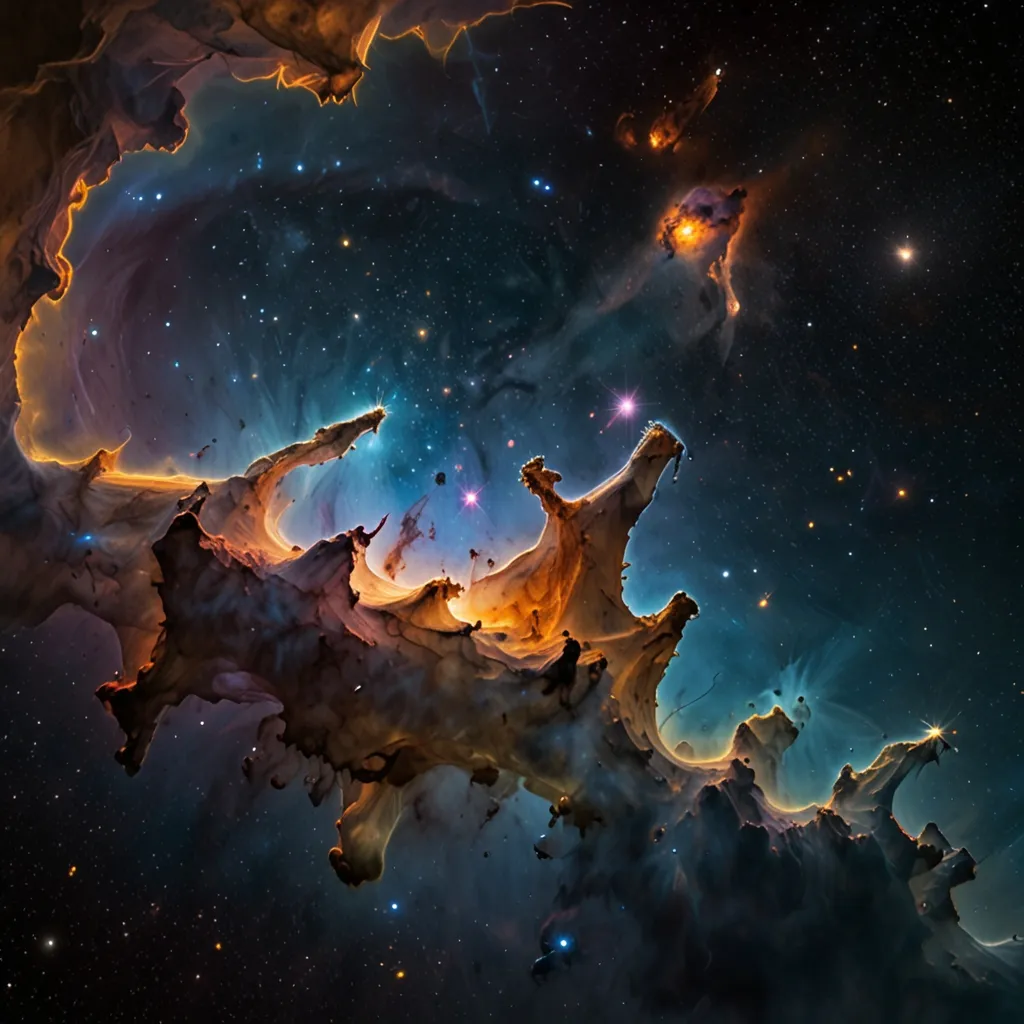If I could sit with you and share stories from the history of climate science, I’d start by asking: how much do you think we truly know about this planet we call home? Our scientific relationship with Earth didn’t begin with satellites or computer models. It started with simple, persistent questions: Why is Earth warm? Could the air above us be more than just something to breathe? Now, looking back over two centuries, several discoveries stand out—not as isolated flashes of brilliance, but as moments that radically changed how we see our planet, and ourselves as its stewards. The journey is full of overlooked episodes and unexpectedly personal twists.
“Look deep into nature, and then you will understand everything better.” —Albert Einstein
The first time someone looked at the sky and wondered about its effect on temperature, the answer seemed obvious—the sun. Yet it took Jean-Baptiste Fourier, in the early 1800s, to see that sunlight alone didn’t add up. Fourier’s calculations showed that Earth, bathed in sunlight, should have been much colder if it radiated heat passively into space. He didn’t know the names of greenhouse gases, but he realized that the atmosphere slowed the escape of warmth, making life possible. This was more than a technical footnote. It was a revelation that the layer above our heads subtly manages the planet’s temperature, an insight as profound today as it was in the age of Napoleon.
Let’s pause to consider: Before Fourier, who imagined the sky as an insulator? Yet this notion quietly opened debates about climate and habitability. Imagine wondering if you owed your very existence to the invisible air itself.
Fast-forward a few decades. The next leap forward came not from a drive to understand warming, but cooling. Why had Earth experienced ice ages? In the 1860s, John Tyndall built primitive laboratory setups, filling tubes with different gases and measuring which ones trapped heat. His curiosity about glacial epochs led to an accidental revelation—carbon dioxide, water vapor, and methane absorbed heat much more than air alone. In essence, Tyndall mapped out the key actors in the climate story, long before anyone worried about factories or car exhaust.
“In the end, our society will be defined not only by what we create, but by what we refuse to destroy.” —John Sawhill
Svante Arrhenius, working in chilly Sweden at the turn of the twentieth century, wanted numbers. He wondered: What if we doubled carbon dioxide in the air? With the patience of a mathematician, he calculated that doing so would heat the planet by several degrees—an astonishing concept for his time. His work was met with polite indifference. After all, burning coal was seen as a symbol of progress, not peril. Yet Arrhenius’s equations gave humanity its first numerical link between fossil fuels and future warming. Picture a world that had yet to imagine climate conferences or carbon markets—this was foresight decades ahead of public concern.
If I could ask Arrhenius anything, it would be: Did he realize how much his quiet calculations would matter, long after he was gone?
For much of the twentieth century, climate was viewed through geological snapshots—rock layers, fossil evidence, tree rings. But the real breakthrough came with the idea of drilling into ancient ice, a method as radical as it was ambitious. Scientists journeyed to the polar wilderness, braving unpredictable weather and technical hazards, to extract long cylinders of ice. These cores held ancient air bubbles, tiny time capsules from hundreds of thousands of years ago. When analyzed, the trapped gases revealed a pattern: whenever carbon dioxide rose, so did temperature. Whenever it fell, the planet cooled. Suddenly, Earth’s climate cycles were no longer abstract—they were written in the ice itself.
This wasn’t just about ancient history. What shocked researchers was how closely our modern, human-driven emissions mirrored and surpassed the most dramatic natural swings. The ice reminded us: we are not merely observers of Earth’s story—we have become its authors.
“Study the past, if you would divine the future.” —Confucius
What do you think it felt like in 1985 for researchers peering at satellite data and seeing, with brutal clarity, a growing hole in the Antarctic ozone layer? Suddenly, the invisible hand of industry—chlorofluorocarbons leaking from spray cans and refrigerators—had left a visible wound in the sky. This was not a theory, not a model, but a phenomenon no one could ignore. For the first time, humanity saw how quickly and drastically it could alter a planetary system.
The response to the ozone crisis is often cited as a rare moment of collective action. Nations gathered, signed the Montreal Protocol, and agreed to stop using the offending chemicals. Decades later, the ozone layer is slowly recovering—a powerful reminder that global agreements can make a difference. It’s tempting to see this as a success story, but I’d argue its real lesson lies in how quickly the environment can change, often in ways not immediately obvious.
“Never doubt that a small group of thoughtful, committed citizens can change the world; indeed, it’s the only thing that ever has.” —Margaret Mead
This brings us to one of the most recent, and perhaps least widely understood, changes in climate science. Until the early 2000s, most discussions of climate were couched in probabilities: increased risks, potential hazards. But attribution science added sharp new focus. By comparing observed weather events—like the European heatwaves, or devastating floods—with carefully constructed models, scientists could begin to quantify precisely how much more likely, and how much worse, such events had become due to human activity. Climate change moved from the realm of vague warning into direct responsibility.
If you read news headlines today about a hurricane or wildfire and wonder, “Was this caused by climate change?” know that this question is no longer dismissed as naive. It’s now a field in its own right, one that informs everything from insurance rates to disaster preparedness. Suddenly, the debate isn’t whether our actions matter—it’s how much, and what we can do about it.
“Progress is impossible without change, and those who cannot change their minds cannot change anything.” —George Bernard Shaw
A curious pattern weaves through these discoveries. Often, the most transformative insights arose not from grand theories, but from unexpected questions. Why isn’t Earth colder? Why did glaciers advance and retreat? Could ancient ice hold a secret? Curiosity, sometimes bordering on obsession, drove scientists into dangerous situations and intellectual dead-ends. The personalities behind the breakthroughs—Fourier’s mathematical rigor, Tyndall’s hands-on experiments, Arrhenius’s relentless calculations—remind us that history is shaped by individuals willing to ask new questions, and by societies willing to listen.
One lesser-known fact: early climate models were powered not by supercomputers, but by mechanical calculators, slide rules, and graph paper. The leap from those humble beginnings to today’s satellite- and AI-driven models is staggering. Yet the underlying logic remains: small clues, patiently compiled, expose the workings of vast planetary systems.
I often challenge myself, and you, to think about which current climate puzzles will be tomorrow’s textbook breakthroughs. Are there aspects of the Earth system we ignore because our technology can’t measure them, or our imagination can’t grasp them? Some researchers now study the roles of clouds, deep ocean currents, and even the subtle influence of vegetation on atmospheric chemistry—areas as ripe for revelation as greenhouse gases were two centuries ago.
Let’s return for a moment to personal perspective. Do you remember the first time you really considered that your actions—driving a car, using electricity, buying groceries—might ever-so-slightly alter the concentration of greenhouse gases around the globe? This is a uniquely modern awareness, brought into focus by the discoveries discussed above. It is a responsibility, yes, but also an invitation to see ourselves as part of something larger and more dynamic than we often admit.
“If you wish to make an apple pie from scratch, you must first invent the universe.” —Carl Sagan
The climate discoveries that transformed our relationship with Earth did more than provide facts. They shifted who we believe ourselves to be, from passive inhabitants to active participants in the grand story of our planet. The science that began with simple questions—why is Earth warm? why do ice ages come and go?—unfurled into a narrative that connects the chemistry of the air, the history revealed in ancient ice, the ability to see invisible wounds in the sky, and the courage to measure our own impact in real time.
As I write, I wonder: what will future generations find remarkable about our era? Will it be the acceleration of discovery? The growing reach of technology? Or perhaps our willingness—or reluctance—to act on what we know?
Either way, the past teaches us that every climate insight, however small or disruptive, is really about understanding our place in the universe. And maybe, just maybe, about learning how to care for it better.
